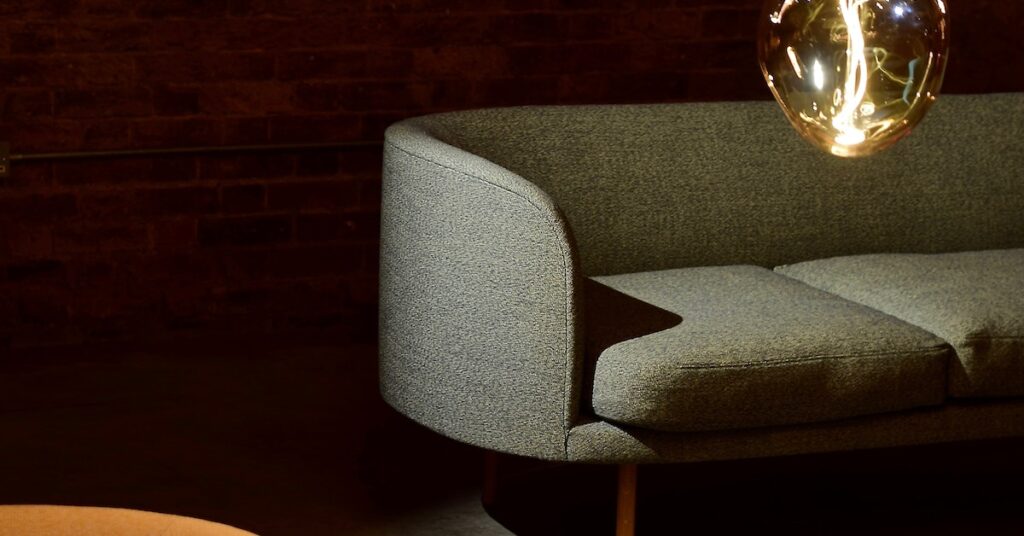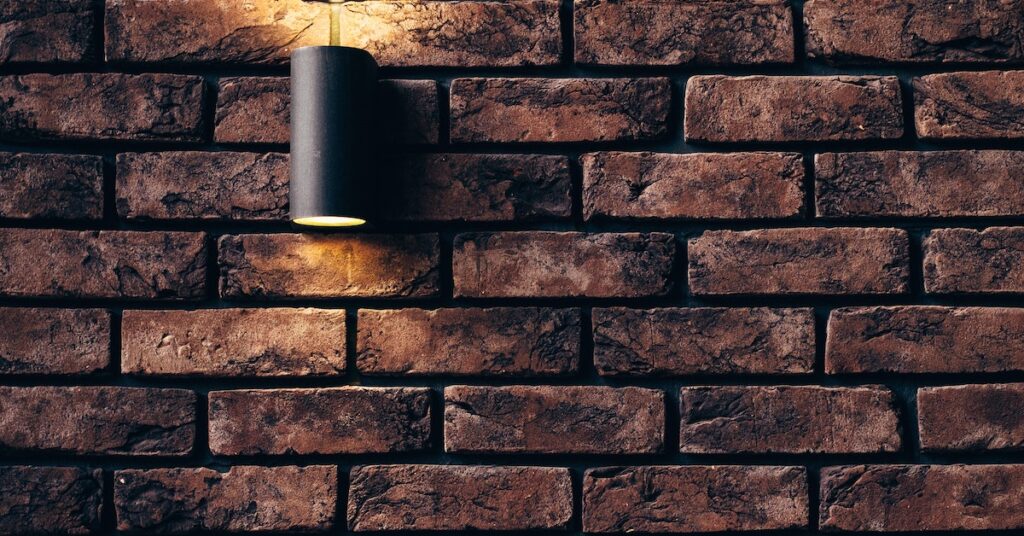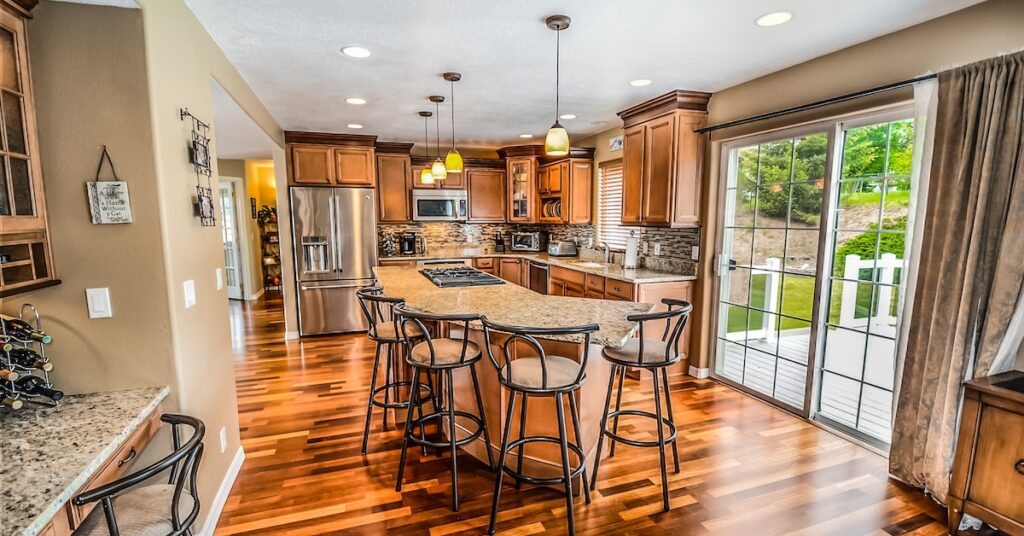Before you paint a wall, you should make sure to prime it. There are paints that combine primer and paint. This way, you can use a single product to paint the whole wall. Also, choose the right color, and prepare the wall by prepping it properly. If you plan to use the same color on multiple walls, then consider using primer and paint in one paint.
Primer is a necessary part of painting a wall
There are several reasons why primer is a necessary part of painting a room or wall. The most common reason is that a wall with a dark color needs primer in order to be painted over the old color. A primer also helps your new paint color to look more realistic.
Primers can protect surfaces, fill in profiles, and provide a mechanical key for your top coat of paint. If you skip this step, you may end up with an uneven covering or patchy paint. You may also have trouble covering light colours over dark ones, which will leave brush strokes.
You may also need primer if your wall is shiny or has a glossy finish. This type of surface can be very difficult for paint to adhere to. High gloss paint, enamel paint, and wood paneling are all examples of these surfaces. To ensure that your new paint will stick properly, you need to use primer before painting your wall.
Choosing the right primer depends on many factors. It can vary from project to project and your paint color. In general, though, a good primer will increase your paint’s adhesion and make it last longer. It will also cover any imperfections in your wall and prevent stains from appearing.
Paint & primer in one paints
Paint & primer in one paints are a great way to paint a wall without having to use a separate primer. Many paint manufacturers have introduced products that can act as primer and paint at once. These types of products are available under different names. Typically, the paint has a thin-bodied primer and a thicker latex paint layer that will provide the outer protection and true paint color.
However, you may want to choose a paint with a separate primer. The difference between a good primer and a good paint can be significant. Primers are designed to create a bonding surface and seal stains. When choosing paint and primer in one, it’s important to check the label carefully to ensure that the product will meet your needs.
Self-priming paints will not remove water stains, crayon marks, or smoke damage. However, they will seal over stains on drywall, preventing them from showing through the paint. Self-priming paints are a good option if you are changing the color of an existing room, or are working on a wall with a latex base. Self-priming paints will also provide better coverage, making it a good choice for a wide variety of painting needs.
Paint & primer in one paints are available at most paint stores. While they may work well for certain situations, some painters prefer to use separate products. The two products are not always the best choice, and they will give you different results depending on the situation. The primary role of paint is to prepare the surface for a new coat of paint, whereas the primer serves the purpose of sealing the wall and providing a uniform coating. The primer is necessary for a long-lasting, even finish.
Choosing the right color
Choosing the right color for a painting project requires some careful consideration. You must consider your goals and the color palette of the room you want to paint. Color is an emotional and aesthetic choice and should be based on the environment you are creating. There are some tips that will help you determine which colors work best for your home or business.
Ask the paint or hardware store for sample paints. This will help you visualize how the color will look on your wall. The paint samples will also help you decide whether the color will go with your current decor. This will help you avoid second-guessing your decision. Also, ask the paint store to formulate the paint at half strength for you.
While many homeowners want to choose colors that coordinate with the decor in their rooms, there are easy resources to create your own unique palette. You can also look at your favorite objects in your home to help you decide what colors will look best on your walls. Color can make a room seem more cohesive or create focal points in featureless rooms.
You can also get ideas from fabric prints. You can select bold colors for accent walls and more muted colors for large spaces. You can also take a fabric swatch to a paint store and select paint strips according to the color you see on the fabric.
Preparing the walls before painting
Preparing the walls before painting is a critical task that should never be skipped. Whether it’s a new paint job or a simple repair, you need to take the time to prepare the walls. Without the proper preparation, the painted surface can be damaged by nail holes, chips, deep scratches, and other problems. Attempting to hide these problems by painting over them will only highlight the imperfections. Depending on the condition of the walls, proper wall preparation may require multiple steps.
The first step is to take out wallpaper. If the walls have been covered in wallpaper before, it should be removed with a steam cleaner. The glue used to hold wallpaper is often aggressive and can cause uneven adhesion of the paint. You can also use a damp-proof fungicide product to treat damp walls.
Preparing the walls before painting is an essential step that can save you money in the long run. A thorough cleaning of the walls will reduce the amount of paint you need to buy. After you’ve cleaned the walls, you can apply primer and paint. Then, you can add the color of your choice.
You should also make sure that you fill any holes in the walls that remain after the whitewash removal. This will ensure that the new paint adheres properly to the surface. The next step is to sand the surface to make sure that it is smooth.
Avoiding sloshing & splattering
Taking steps to minimize sloshing and splattering is a crucial part of painting a wall. Firstly, make sure that the room is free of furniture and other upholstered fabrics. You should also unplug any electronic equipment and relocate it if possible. You can use a drop cloth to cover the floor or slide it along as you go. Another helpful tip is to use a separate paintbrush for each color. This will ensure that the paint will be true to color.
Choosing the right type of paint
Before you start painting your walls, you need to know what type of paint you want to use. There are many types of paint and each one has its own characteristics and functions. For example, you should avoid oil-based paints in rooms that are very hot and moist. Instead, you should go with flat or semi-gloss paints. This will give your walls the appearance of having a buttery finish and will be easier to clean than a matte finish.
You may also want to consider the surface you are painting on. Different paints mesh differently on different surfaces. For instance, drywall paint won’t work well on a wooden surface. Similarly, paint for cement will be different from paint for metal surfaces. If you’re unsure of the surface you’re painting, you should always test a small sample on the wall to make sure it matches.
Oil-based paints are a great option for painting interior walls, and they’re cheaper than water-based ones. The downside is that you’ll need to use solvents to clean them, but they’re durable and can withstand a lot of wear and tear. Oil-based paints are also good for trim, as they’ll stand up better to daily use. But you need to make sure that you have sufficient ventilation and that you can properly dry the paint before moving on to another project.
If you’re using a primer, you’ll want to choose one with a high-hide finish. This will help your new paint color stand out and disguise imperfections. It will also make it easier to touch up.








